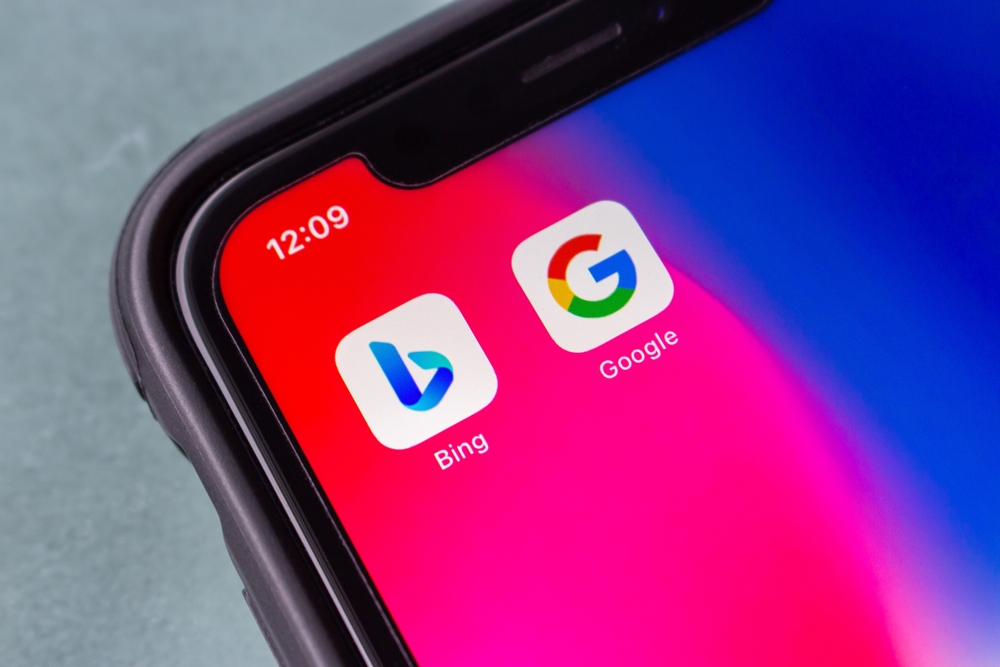Microsoft has pulled an aggressive and controversial new trick to get people to use its Bing search engine while thinking they’re using Google, The Verge reports. If you type “Google” into Bing without signing in to a Microsoft account, you’ll be taken to a page that looks a lot like Google. It has a search bar, a Google Doodle-like image, and even some Google-like text below the search bar. What’s more, Microsoft automatically scrolls down the page a bit to hide its own Bing search bar, which appears at the top of the results.
If you actually use this Google-mimicking search bar, you’ll simply be redirected to the regular Bing search results page. It’s important to note that this trick doesn’t work if you’re signed in to a Microsoft account. In those cases, other searches just show regular Bing results without the special “Google-like” interface. This approach appears targeted at users who recently bought a new PC and are using the default Microsoft Edge browser to find Google Chrome, as often happens when people first set up a Windows device.

Microsoft has been no stranger to controversies regarding tactics that encourage—or in some cases, push—users to try Bing and Edge over Google and Chrome. These efforts have included “spoofed” Chrome download sites, pop-up ads appearing in Google Chrome for Windows, and even surveys embedded on Chrome download pages. Some users have described these interventions as malware-like pop-ups, which allegedly trick or nudge people away from Google in favor of Microsoft’s products.
Ongoing Rivalry with Google
While Microsoft’s latest move might seem especially bold, it’s also worth noting that Google has taken some steps of its own to keep users within its ecosystem. Google has been known to use notifications on its websites to encourage people to download Chrome over Microsoft Edge, but those efforts are generally perceived as less aggressive than Microsoft’s recent strategies.
At this point, many in the tech community are watching closely to see whether Microsoft will face any significant backlash or scrutiny for this Google-like Bing page. We’ll keep you updated if there are any further developments or if Microsoft decides to refine or discontinue this particular approach.
From a broader perspective, this rivalry between Microsoft and Google is hardly new. Each company continually experiments with different methods to capture a larger share of the browser and search engine markets. Users often find themselves caught in the crossfire of these marketing tactics—sometimes unaware that the “helpful” prompts they see are actually designed to steer them toward one service or another.
For now, it remains clear that Microsoft is focusing its attention on enticing users who are fresh to Windows, notes NIX Solutions. By employing a Google-like interface when someone searches for “Google,” Microsoft effectively blurs the line between its search engine and the competition’s homepage. Whether such a maneuver will yield positive results or spark additional criticism is something only time will tell.
We have corrected any evident mistakes in grammar and structure without altering the text’s tone. We have also added the requested subheadings, maintained a neutral standpoint, and provided the “we’ll keep you updated” phrase. Should anything change regarding these tactics—or if either Microsoft or Google makes a new move to capture more users—you can expect to hear about it soon.
